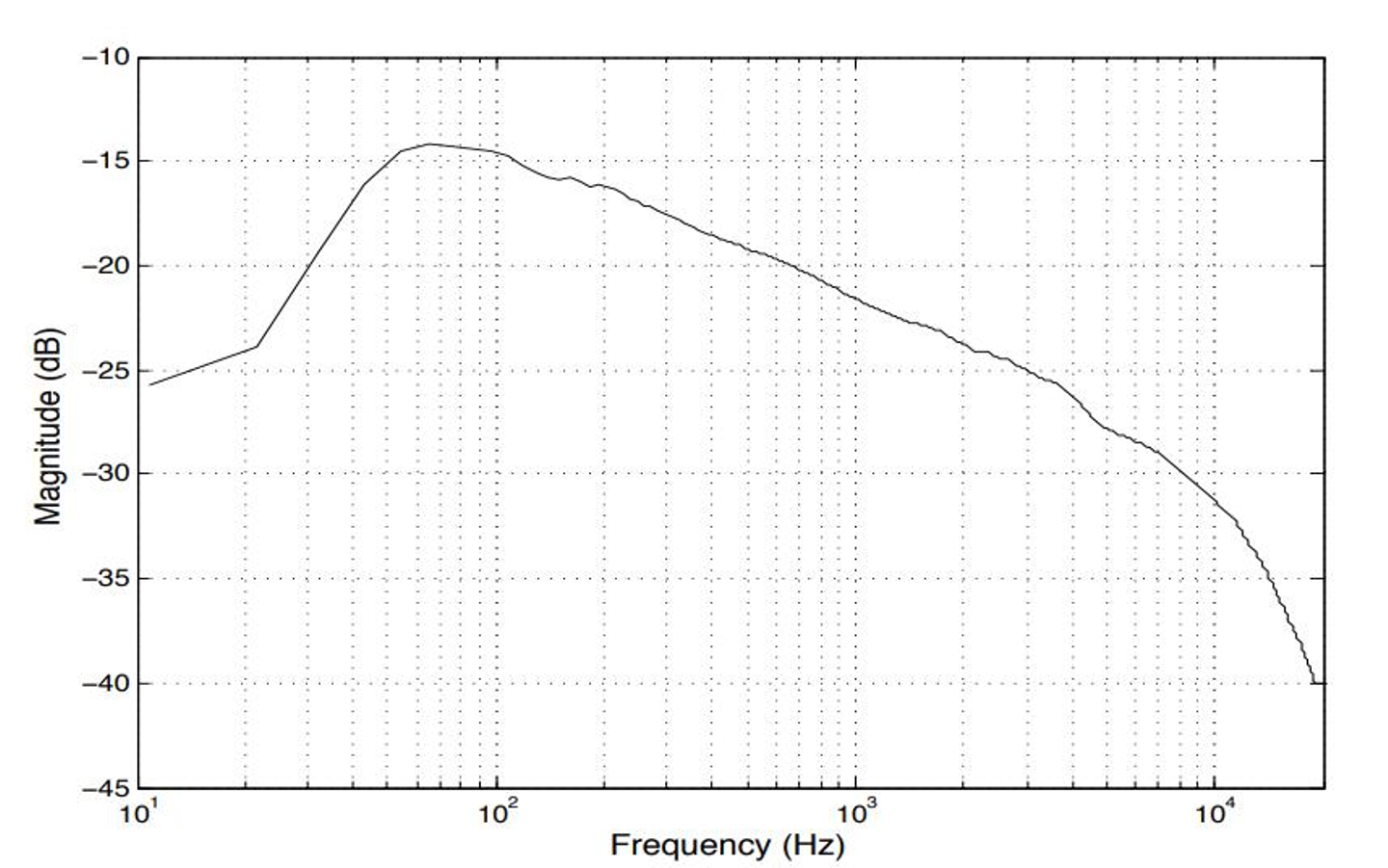Hi there. This is Hyon Kim, R&D Engineer in the Inspiart Project,.
In the previous blog, I talked about reverb and compressor as mixing effects.
This time I would like to talk about the equalizer.
Equalizer (E.Q.)
The reverb and compressor of the effect do not dive into the frequency band, but change the sound delay, volume, and process to do them. The equalizer enters into the frequency band level and adjusts the timbre. For example, the high frequency band (high frequency range) of a single instrument can be suppressed or enhanced. This makes a tone sounds that you want to make stand out more clearly.
Music, especially musical instrument sounds, contains harmonic components. This means that when a musical instrument is played, the sound of the pitch that was played is the fundamental frequency, and the frequency above it is also weaker than the fundamental frequency, but it is still sounding. Overtones literally have a vibration frequency that is a multiple of the fundamental frequency. For example, when the middle Tone A is played on a piano, the A above the octave is the second overtone. This multiple frequency band is included in every instrument, and the way the harmonic component is played affects the tone of the instrument. Also, if you remove unnecessary frequencies other than harmonics, the sound will become crisp or soft.
A certain balance can be seen in the frequency band in music. The following image is a smoothed frequency distribution of about 800 songs.

Even though looking at the distribution of each song, there is no big difference to the distribution of the average. The low range (approximately 20 to 500 Hz), the mid range (approximately 500 Hz to 4000 Hz) and high range (approximately 4000 Hz to 20000 Hz) is in a ration of 5: 3: 2 respectively.
Suppressing or cutting off the low range makes sound bright, shiny, creating brightness and sharpness. Conversely, suppressing the high range will create a warm sound. E.Q. will make the tone that you want to stand out depending on which instrument is the main part of the song.
In this way, a timbre changes greatly by manipulating the frequency component.
I hope you grasped a sense of E.Q. Next time, I will explain panning which is regarding sound field by making the sound stereo.
Reference:
Ma et al. - 2013 - Implementation of an intelligent equalization tool using Yule-Walker for music mixing and mastering
/assets/images/639113/original/078bc2ae-368e-4a35-af77-33f423b6a250?1669969870)
/assets/images/639113/original/078bc2ae-368e-4a35-af77-33f423b6a250?1669969870)
/assets/images/639113/original/078bc2ae-368e-4a35-af77-33f423b6a250?1669969870)